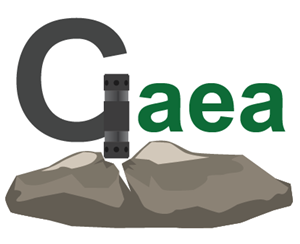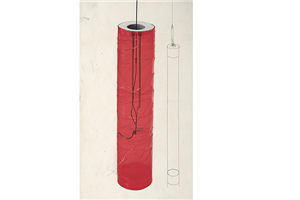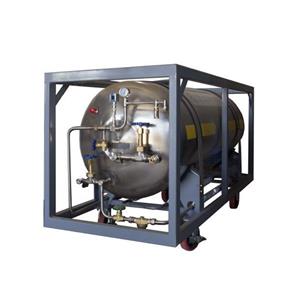CO2 rock blasting splitting pipe purchasing guide: How to avoid risks and choose reliable equipment?
Today, when carbon dioxide fracturing technology is widely used in mining, tunnel engineering, municipal demolition and other fields, it is crucial to choose the right fracturing equipment. There are many products on the market with varying quality. How to avoid potential risks when purchasing and ensure that the equipment is safe, efficient and durable? This article starts from key technical indicators to help you scientifically evaluate and make wise choices.

1. Material and manufacturing process: the core factors that determine the life of the equipment
1. Pipe material: pressure resistance and fatigue resistance
Poor quality risk: Using non-standard steel or substandard heat treatment may cause the pipe body to deform, crack or even burst under high pressure.
Key points for purchase: - Choose alloy steel that meets GB/T 19905-2023 or ASTM A519 standards to ensure compressive strength.
Check whether it has been tempered and heat treated (hardness HRC28-32) to improve fatigue resistance.
2. Sealing system: the key to preventing CO₂leakage
Poor quality risk: ordinary rubber seals are prone to aging in high-pressure CO₂ environments, resulting in gas leakage and affecting the blasting effect.

Main points for purchase:- Preferentially choose perfluoroether rubber (FFKM) or polytetrafluoroethylene (PTFE) seals, which are corrosion-resistant and high-pressure resistant.
Check whether the sealing structure adopts a multiple redundant design (such as double O-ring + metal seal).
2. Pressure control accuracy: the core indicator affecting the blasting effect
1. Stability of pressure relief valve-Poor quality risk: Insufficient pressure relief valve accuracy (error>5%) may cause uneven pressure release and affect the crushing effect.
Main points for purchase:- Choose equipment with digital pressure sensors to ensure that the pressure control accuracy is within ±0.5MPa.
Check whether it has an automatic calibration function to avoid a decrease in accuracy after long-term use.
2. Vaporization efficiency: determines energy utilization
Poor quality risk: Insufficient vaporization of liquid CO₂ leads to energy waste and insufficient blasting force.
Key points for purchase: - The equipment should have a gradient heating design to ensure that CO₂ is fully vaporized.
Check whether the volume of the vaporization chamber is ≥ 1.8 times the storage volume to ensure stable release.
III. Safety protection design to ensure the safety of operators
1. Explosion-proof and overpressure protection
Risk of poor quality: Lack of safety interlock device may lead to overpressure explosion.
Key points for purchase: - The equipment should have a multi-stage safety valve to automatically release when overpressure occurs.
Check whether there is a real-time pressure monitoring + alarm system to prevent accidents.
2. Convenient operation and fault diagnosis
Risk of poor quality: The control system is simple, troubleshooting is difficult, and construction efficiency is affected.
Key points for purchase: - Give priority to equipment with smart touch screens, which can view parameters such as pressure and temperature in real time.
Check whether it supports fault code tracing for quick maintenance.
IV. After-sales service and long-term cost considerations
Technical support capabilities of suppliers - Risk of poor quality: slow after-sales response and unstable supply of accessories, resulting in idle equipment.
Key points for purchase: - Choose a supplier that provides 48-hour on-site response service.
Confirm whether operation training + emergency handling manual are provided to reduce the risk of use.




